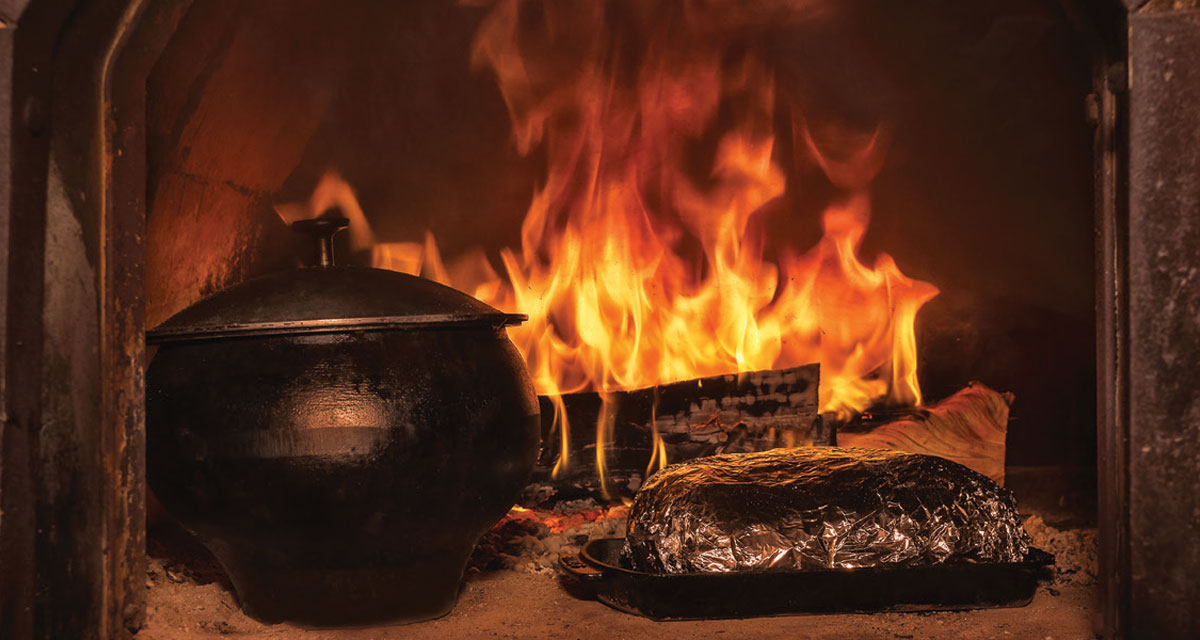

Articles
How To Cook In A Fireplace
Modified: March 22, 2024
Learn how to cook delicious meals using a fireplace with our informative articles. Discover new recipes and techniques for cooking over an open fire.
(Many of the links in this article redirect to a specific reviewed product. Your purchase of these products through affiliate links helps to generate commission for Storables.com, at no extra cost. Learn more)
Introduction
There’s something truly magical about cooking in a fireplace. The crackling of the fire, the warmth enveloping the room, and the delicious aromas that waft through the air all combine to create a unique culinary experience. Whether you’re camping, looking for an alternative way to cook during a power outage, or simply want to explore the art of traditional cooking methods, cooking in a fireplace can be a rewarding and enjoyable endeavor.
However, before diving into this ancient cooking technique, it’s important to take certain safety precautions and familiarize yourself with the necessary steps to ensure a successful and safe culinary adventure. In this article, we will guide you through the process of cooking in a fireplace, covering everything from safety practices to selecting the right cookware, building the fire, cooking techniques, maintaining a consistent temperature, and cleaning up.
Safety Precautions:
To ensure a safe cooking experience, it is crucial to follow a few safety precautions:
- Always have a fire extinguisher nearby in case of emergencies.
- Keep flammable materials away from the fireplace, such as curtains or furniture.
- Make sure the chimney is clean and free of debris before starting the fire.
- Use long-handled tools specifically designed for use in a fireplace.
- Never leave the fire unattended and ensure it is completely extinguished before leaving.
Preparing the Fireplace:
Before you start cooking, it’s important to prepare the fireplace for optimal cooking conditions:
- Clean out any ashes or debris from the fireplace.
- Check that the damper is fully open to allow for proper airflow.
- Ensure the fireplace is in good working condition and that there are no cracks or damage that could pose a safety hazard.
- Clear the area around the fireplace, ensuring there is enough space to work safely.
Selecting the Right Cookware:
The right cookware can make a significant difference in your cooking results. Here are a few factors to consider:
- Choose cookware made from cast iron, which can withstand high temperatures and distribute heat evenly.
- Opt for cookware with handles designed for easy handling and lifting.
- Consider the size and shape of the cookware to ensure it fits well in the fireplace and suits the type of food you plan to cook.
Building the Fire:
Building a well-structured fire is crucial for successful fireplace cooking. Here’s a step-by-step guide:
- Gather the necessary firewood, ensuring it is dry and well-seasoned.
- Arrange the firewood in a stack, leaving enough space between the logs for airflow.
- Use kindling and newspaper to start the fire, placing them at the base of the stack.
- Light the kindling and allow the fire to catch on before adding more logs.
- Gradually add more logs to the fire, maintaining a steady flame.
- Monitor the fire to ensure it burns evenly and adjust the airflow if necessary.
Adjusting the Flames:
To control the heat and ensure even cooking, you may need to adjust the flames:
- To increase the heat, add more firewood or adjust the airflow by partially closing the damper.
- To decrease the heat, allow the fire to burn down or open the damper wider to increase the airflow.
- Keep a close eye on the flames and adjust as needed to maintain the desired cooking temperature.
Key Takeaways:
- Embrace the ancient art of fireplace cooking by prioritizing safety, preparing the fireplace, selecting the right cookware, and mastering fire-building techniques for a unique and rewarding culinary adventure.
- Explore a variety of cooking techniques, maintain consistent temperatures, and utilize essential tools and accessories to create delicious, smoky-flavored dishes while enjoying the warmth and ambiance of fireplace cooking.
Read more: How To Seal Up A Fireplace
Safety Precautions
When cooking in a fireplace, it’s important to prioritize safety to ensure a secure and enjoyable cooking experience. Here are some essential safety precautions to follow:
- Clear the area: Before you begin cooking, make sure the area around the fireplace is clear of any flammable materials. Move furniture, curtains, and other combustible items away to prevent accidents.
- Check the chimney: Ensure that the chimney is clean and free of debris, such as bird nests or soot buildup. A blocked chimney can lead to poor ventilation and increase the risks of smoke inhalation or even a potential fire.
- Have a fire extinguisher nearby: Accidents can happen, so it’s essential to have a fire extinguisher within reach. Make sure you know how to use it and that it’s properly charged.
- Use long-handled fireplace tools: When handling the fire or rearranging logs, use long-handled tools specifically designed for use in a fireplace. This will prevent any risk of burns or injuries.
- Supervise the fire: Never leave the fire unattended, especially when cooking. Keep a careful eye on the flames and the cooking process at all times.
- Children and pets: Keep children and pets at a safe distance from the fireplace while cooking. Educate them on the dangers and discourage them from getting too close to the fire.
- Be mindful of clothing: Wear clothing without loose sleeves or dangling accessories that could catch fire or get tangled in the flames.
- Sufficient ventilation: Ensure that the room is well-ventilated to prevent the buildup of smoke and gases. Open windows or doors to allow fresh air to circulate.
- Practice proper fire extinguishing: Before leaving the fireplace unattended or going to bed, make sure the fire is completely extinguished. Use water or sand to douse the flames and double-check that there are no remaining embers.
- Regular fireplace maintenance: Schedule regular inspections and cleanings for your fireplace to ensure it remains in good working condition. This will help prevent any potential safety hazards due to damage or deterioration.
By following these safety precautions, you can minimize the risks associated with cooking in a fireplace and enjoy a safe and delightful culinary experience. Remember, safety should always be your top priority, so take the necessary steps to protect yourself, your loved ones, and your home.
Preparing the Fireplace
Before you start cooking in the fireplace, it’s important to properly prepare the fireplace to create an ideal cooking environment. Here are the steps to follow:
- Clean out any ashes: Begin by removing any ashes or debris from the fireplace. Use a fireplace shovel or vacuum to clear out the remnants of previous fires. Cleaning the fireplace ensures better airflow and prevents the buildup of ash during cooking.
- Check the damper: The damper controls the airflow in the chimney. Make sure the damper is fully open before you start cooking to allow proper ventilation. An open damper also helps draw the smoke up and out of the chimney.
- Inspect the fireplace condition: Take a close look at the fireplace to ensure it is in good working condition. Check for any cracks, loose bricks, or signs of damage that could pose a safety hazard. If you notice any issues, consult with a professional before proceeding.
- Clear the surrounding area: Remove any objects or furniture near the fireplace that could potentially catch fire or hinder your movement while cooking. Create a clear and safe workspace around the fireplace.
- Gather necessary tools: Gather the essential tools you’ll need for cooking in the fireplace. These may include fireplace tongs, skewers, a grill grate, and a cast-iron Dutch oven or other suitable cookware.
Once you have completed these steps, your fireplace will be ready for cooking. Remember, proper preparation ensures a safe and enjoyable cooking experience, allowing you to fully immerse yourself in the art of fireplace cooking.
Selecting the Right Cookware
Choosing the right cookware is crucial when cooking in a fireplace. The right pots, pans, and utensils can make a significant difference in your cooking results. Here are some factors to consider when selecting cookware for fireplace cooking:
- Material: Opt for cookware made from durable and heat-conductive materials. Cast iron is an excellent choice for fireplace cooking as it can withstand high temperatures and distribute heat evenly.
- Size and Shape: Consider the size and shape of the cookware based on the type of dishes you plan to cook in the fireplace. Choose pots and pans that fit comfortably within the fireplace and have enough capacity for the amount of food you intend to prepare.
- Lids and Handles: Look for cookware with secure-fitting lids to keep heat and moisture locked in during cooking. Additionally, ensure the cookware has sturdy and heat-resistant handles to allow for easy handling and lifting, even when the cookware becomes hot.
- Grill Grate and Skewers: If you plan to grill meats or vegetables in the fireplace, consider investing in a grill grate that fits securely over the fire. Look for skewers that are long enough to handle the flames comfortably for skewered foods like kebabs.
- Seasoning: If using cast iron cookware, make sure it is properly seasoned before using it in the fireplace. Seasoning involves coating the cooking surface with oil and heating it to create a protective non-stick layer.
When selecting cookware for fireplace cooking, prioritize durability, heat conduction, and proper fit within the fireplace. Properly chosen cookware will enhance your cooking experience and help you achieve delicious results.
Once you have selected the right cookware, it’s time to move on to the next step: building the fire. This crucial step sets the foundation for successful fireplace cooking. Let’s discover how to build a strong and consistent fire for cooking.
Building the Fire
Building a well-structured fire is essential when it comes to cooking in a fireplace. A properly built fire provides the necessary heat and creates the ideal cooking conditions. Follow these steps to build a strong and consistent fire:
- Gather the right firewood: Choose dry, seasoned hardwood for your fire. Hardwoods like oak, maple, or hickory are excellent choices as they burn longer and produce a higher heat output. Avoid using softwood or treated wood, as they can create excessive smoke and release harmful chemicals.
- Arrange the firewood: Stack the firewood in a crisscross pattern to allow for optimal airflow. By creating air gaps between the logs, you ensure that the fire burns evenly and efficiently. Start with a base layer of larger logs and gradually stack smaller logs on top.
- Use kindling and newspaper: Place a layer of kindling, such as small twigs or wood shavings, on top of the base logs. Crumple newspaper and place it on top of the kindling. The newspaper helps ignite the kindling and start the fire.
- Light the fire: Use a long match or fireplace lighter to ignite the newspaper. Ensure that the flames make contact with the kindling to encourage the fire to catch. Leave the fireplace screen or door slightly open to promote airflow.
- Add more logs: As the fire begins to burn and the kindling turns into embers, carefully add more logs to the fire. Gradually build up the size of the fire, allowing each log to catch fire before adding the next. Maintain a moderate to high flame to provide sufficient cooking heat.
Remember to monitor the fire as it burns and make adjustments as necessary. If the fire is too small, add more logs to increase the heat. Likewise, if the fire becomes too large or too hot, close the fireplace door or adjust the airflow to control the flames.
Building a strong fire sets the stage for successful fireplace cooking. Now that you have your fire established, we can move on to the next step: adjusting the flames to control the temperature for cooking.
Read more: How Much To Redo A Fireplace
Adjusting the Flames
Controlling the flames and maintaining the desired cooking temperature is crucial when cooking in a fireplace. By adjusting the flames, you can ensure even cooking and prevent food from burning or undercooking. Here are some tips for adjusting the flames:
- Increasing the heat: To increase the heat in the fireplace, add more firewood to the fire. The additional logs will generate more flames and intensify the heat. You can also partially close the damper to reduce the airflow, which can create a hotter fire.
- Decreasing the heat: If your fire is too hot, you can decrease the heat by allowing the fire to burn down naturally. As the firewood turns into embers, the flames will become smaller, producing less heat. You can also open the damper wider to increase the airflow, which helps regulate the temperature.
- Monitoring the flames: Pay close attention to the flames as you cook. Flames that are too high or erratic may indicate excessive heat. Adjust the flames by adding or removing firewood as needed. Remember, consistency is key to achieving perfectly cooked dishes.
- Cooking zones: For more precise temperature control, create different cooking zones within the fireplace. Place more firewood and build a stronger fire on one side for high heat cooking, while on the other side, allow the fire to burn down slightly for lower heat cooking. This way, you can move dishes between the zones to control their cooking progress.
While adjusting the flames, keep in mind that cooking in a fireplace may require a bit of experimentation and practice. Understand the behavior of your fire and observe how different adjustments affect the cooking process.
With the flames adjusted to the desired level, you can now delve into the various cooking techniques that can be employed when cooking in a fireplace.
Use a cast iron skillet for even heat distribution when cooking in a fireplace. Place the skillet directly on the coals and rotate it often for even cooking.
Cooking Techniques
When it comes to cooking in a fireplace, there are various techniques to explore, each lending itself to different types of dishes and flavors. Here are some common cooking techniques you can utilize:
- Grilling: Place a grill grate over the fire to cook meats, poultry, fish, and vegetables directly over the flames. The high heat creates a delicious char and imparts a smoky flavor to the food. You can marinate or season the ingredients beforehand to enhance their taste.
- Dutch Oven Cooking: A cast iron Dutch oven is an excellent tool for fireplace cooking. Use it to make stews, soups, or even bread. The dutch oven retains and distributes heat evenly, allowing for slow and consistent cooking. You can place it directly over the flames or use hot coals from the fire to create an ambient heat source.
- Skewering: Skewer meats, poultry, seafood, or vegetables on metal skewers and hold them over the flames or place them on the grill grate. Rotate the skewers regularly to ensure even cooking. Basting with marinades or flavorful sauces can add an extra layer of taste.
- Ash Cooking: Utilize the residual heat from the fire by cooking directly in the ashes. Wrap root vegetables, potatoes, or even fish in foil packets and bury them in the hot ashes. The heat will slowly cook the ingredients, infusing them with a smoky and earthy flavor.
- Baking: If you have a fireplace with a baking chamber or a designated fireplace oven, you can bake bread, pies, pizzas, or other baked goods. Preheat the oven using the fire and carefully place your prepared dough or dishes inside, taking care to regulate the temperature and remove them when fully cooked.
Experiment with these cooking techniques, adapting them to suit your tastes and preferences. Remember to keep a close eye on the cooking progress, adjusting the flames and rotating the dishes as needed to achieve optimal results.
As you explore the different cooking techniques, maintaining a consistent temperature throughout the cooking process is crucial. Let’s delve into some tips for achieving and maintaining the desired temperature in the fireplace.
Maintaining a Consistent Temperature
When cooking in a fireplace, maintaining a consistent temperature is key to achieving perfectly cooked dishes. Fluctuations in temperature can result in uneven cooking and affect the overall taste and texture of your food. Here are some tips to help you maintain a consistent temperature:
- Manage the firewood: Carefully add or remove firewood to control the intensity of the flames and the amount of heat generated. Adding more firewood increases the temperature, while removing some cools it down. Monitor the flames closely and make adjustments accordingly.
- Use the coal bed: As the fire burns down, it produces a bed of hot coals. Utilize this residual heat by cooking directly on or near the coals. The bed of coals provides a steady and consistent source of heat, ideal for slow-cooking dishes or maintaining a gentle simmer.
- Bank the firewood: For long, slow-cooking recipes, arrange the firewood in such a way that it burns more slowly and evenly. This method, known as banking the firewood, helps maintain a consistent temperature over a longer period of time.
- Utilize heat-resistant barriers: Place heat-resistant barriers such as bricks or metal sheets around the cooking area to regulate and distribute heat more evenly. This can help prevent hotspots and ensure a more uniform cooking experience.
- Monitor with a cooking thermometer: Use a cooking thermometer to monitor the internal temperature of your food. This is especially important for proteins like meat and poultry to ensure they reach a safe and desired level of doneness.
- Rotate the cooking vessel: To account for any variations in heat distribution, periodically rotate the cookware or skewers to ensure even cooking. Move dishes closer or farther away from the flames as needed to maintain the desired temperature.
By following these tips, you can better control and maintain a consistent temperature in your fireplace. Experiment with different techniques, adjust the fire as necessary, and use your senses to determine when your dishes are perfectly cooked.
Throughout the cooking process, you’ll need the right tools and accessories to make fireplace cooking easier and more efficient. Let’s explore some essential tools and accessories that can enhance your fireplace cooking experience.
Using Tools and Accessories
When cooking in a fireplace, using the right tools and accessories can make the process more convenient and enjoyable. Here are some essential tools and accessories to consider for your fireplace cooking adventures:
- Fireplace Tongs: Long-handled fireplace tongs are essential for safely handling firewood, rearranging logs, and adjusting the position of cookware. These tongs allow you to work with the fire without getting too close and reduce the risk of burns or injuries.
- Fireplace Poker: A poker is useful for repositioning logs and stirring the fire to ensure proper airflow. It allows you to adjust the flames and maintain a consistent temperature during the cooking process.
- Grill Grate or Grilling Basket: If grilling is your cooking method of choice, a grill grate or grilling basket is indispensable. It provides a stable cooking surface and prevents food from falling into the fire. Make sure to select a grate or basket that fits securely over your fireplace and can withstand high heat.
- Dutch Oven: A cast iron Dutch oven is a versatile piece of cookware for fireplace cooking. It can be used for braising, stewing, baking bread, and roasting. Look for a Dutch oven with sturdy handles and a tight-fitting lid to retain heat and moisture during cooking.
- Skewers: Metal skewers are handy for grilling meats, seafood, and vegetables. Opt for ones that are long enough to keep your hands safely away from the flames. Look for skewers with a flat design to prevent food from spinning or slipping during cooking.
- Heat-resistant Gloves: Heat-resistant gloves are invaluable for handling hot cookware, adjusting the fire, and moving hot logs. Invest in a pair that provides maximum protection and dexterity, allowing you to handle hot items with ease and minimize the risk of burns.
- Basting Brush and Marinade Injector: To add flavor and moisture to your dishes, consider using a basting brush and a marinade injector. These tools allow you to apply marinades, sauces, or melted butter to your food, enhancing their taste and juiciness.
Having these tools and accessories readily available will enhance your fireplace cooking experience and make it both safe and enjoyable. Remember to use them responsibly and with caution, always prioritizing your safety and the safety of those around you.
With the right tools and accessories in hand, it’s now time to start cooking in your fireplace. But once the culinary adventure is over, don’t forget to clean up and maintain your fireplace properly.
Read more: How To Vent A Gas Fireplace
Cleaning up and Maintaining the Fireplace
After you’ve finished cooking in your fireplace, it’s important to properly clean up and maintain the fireplace for future use. Here are some steps to follow:
- Allow the fire to burn down: Before you start cleaning, allow the fire to burn down completely and let the remaining coals and ash cool down. Safety should always be a priority, so make sure there is no risk of burns or accidental fires.
- Remove the ashes: Once the coals and ashes have cooled, use a fireplace shovel or brush to remove the ashes. Transfer them into a metal container with a tight-fitting lid to prevent any remaining embers from igniting. Dispose of the ashes in a designated area.
- Clean the fireplace: Using a brush or vacuum specifically designed for fireplace cleaning, sweep away any remaining debris, soot, or ash from the fireplace walls, hearth, and floor. Be thorough but gentle to avoid damaging the surfaces.
- Inspect the chimney: Schedule regular chimney inspections and cleanings to remove any built-up creosote or blockages. Creosote is highly flammable and can pose a fire hazard. Consult with a professional chimney sweep to ensure your chimney is in good working order.
- Check for signs of damage: While cleaning, inspect the fireplace for any cracks, loose bricks, or signs of damage. If you notice any issues, have them addressed by a professional before using the fireplace again. Regular maintenance helps keep the fireplace functioning properly and reduces the risk of accidents.
- Store your cookware and tools: Clean your cookware, tools, and accessories thoroughly after use and store them in a dry and safe location. Proper storage helps extend their lifespan and ensures they are ready for your next fireplace cooking venture.
By following these cleaning and maintenance practices, you can keep your fireplace in optimal condition and ready for future cooking endeavors. Regular maintenance not only ensures the safety and functionality of the fireplace but also prolongs its lifespan.
Remember, fireplace cooking is a unique and rewarding experience. Embrace the primal connection to fire, experiment with flavors, and enjoy the delicious results of your fireplace culinary adventures. Stay safe, and savor the delightful flavors that cooking in a fireplace brings!
Note: It’s important to consult local regulations and safety guidelines before cooking in a fireplace, especially if you live in an area with specific restrictions or requirements.
Now that you’re equipped with the knowledge and guidance to cook in a fireplace, it’s time to enjoy the warmth, taste, and ambiance that this traditional cooking method offers!
Conclusion
Cooking in a fireplace is a captivating and rewarding experience that allows you to reconnect with ancient culinary traditions and create delicious meals with a unique smoky flavor. By following the safety precautions, preparing the fireplace properly, selecting the right cookware, building a well-structured fire, adjusting the flames, employing various cooking techniques, maintaining a consistent temperature, and using the right tools and accessories, you can embark on a memorable fireplace cooking adventure.
Remember to prioritize safety throughout the process, from clearing the area around the fireplace to using proper tools and equipment. Safety precautions such as having a fire extinguisher nearby, keeping flammable materials away, and supervising the fire at all times are crucial to ensure a secure cooking experience.
Preparing the fireplace involves cleaning out ashes, checking the damper, inspecting the condition of the fireplace, and creating a spacious and safe workspace. Selecting the right cookware, such as cast iron pots and pans, is essential for even cooking and optimal heat distribution.
Building a strong and consistent fire sets the foundation for successful fireplace cooking. Arrange the firewood properly, use kindling and newspaper to ignite the fire, and gradually add more logs to maintain the desired flame intensity.
Adjusting the flames allows you to control the heat and achieve a consistent temperature throughout the cooking process. Increase the heat by adding more firewood or decrease it by allowing the fire to burn down or adjusting the damper.
Explore various cooking techniques, such as grilling, Dutch oven cooking, skewering, ash cooking, or baking, to create a wide range of appetizing dishes infused with the distinctive smoky flavor.
Maintaining a consistent temperature is crucial for evenly cooked meals. Manage the firewood, utilize the coal bed, monitor the flames, rotate the cooking vessels, and use cooking thermometers to achieve the desired results.
Using the right tools and accessories, from fireplace tongs and grill grates to Dutch ovens and skewers, enhances the cooking experience, making it safer and more convenient.
After your fireplace cooking adventure, be sure to clean up the fireplace properly, dispose of ashes safely, and perform regular maintenance to keep the fireplace in optimal condition for future cooking endeavors.
In conclusion, cooking in a fireplace is both an art and a science. It allows you to embrace tradition, tap into your creativity, and indulge in the rich flavors and aromas that this ancient cooking method brings. So gather your ingredients, embrace the warmth of the flames, and savor the remarkable experience of cooking in a fireplace!
Note: Before embarking on any fireplace cooking activities, it’s important to check local regulations and safety guidelines to ensure compliance and prevent any potential hazards.
Frequently Asked Questions about How To Cook In A Fireplace
Was this page helpful?
At Storables.com, we guarantee accurate and reliable information. Our content, validated by Expert Board Contributors, is crafted following stringent Editorial Policies. We're committed to providing you with well-researched, expert-backed insights for all your informational needs.
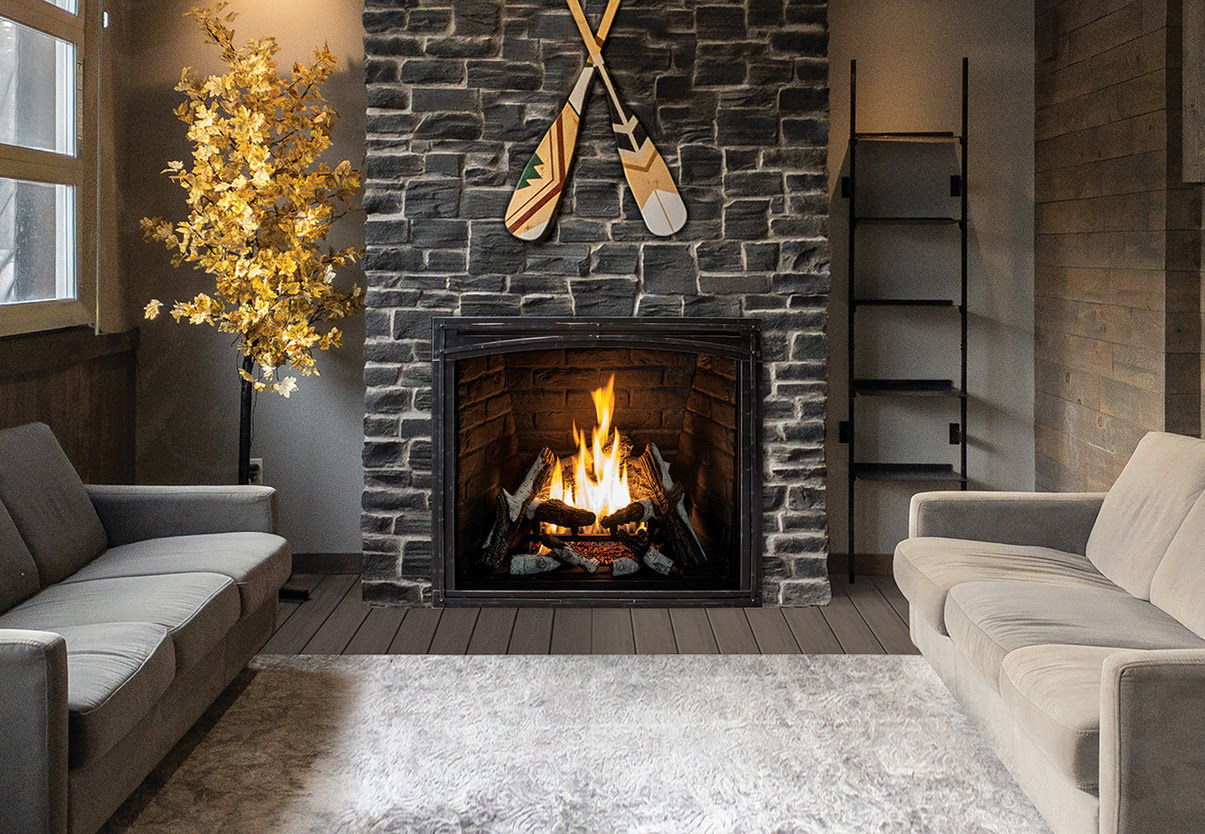
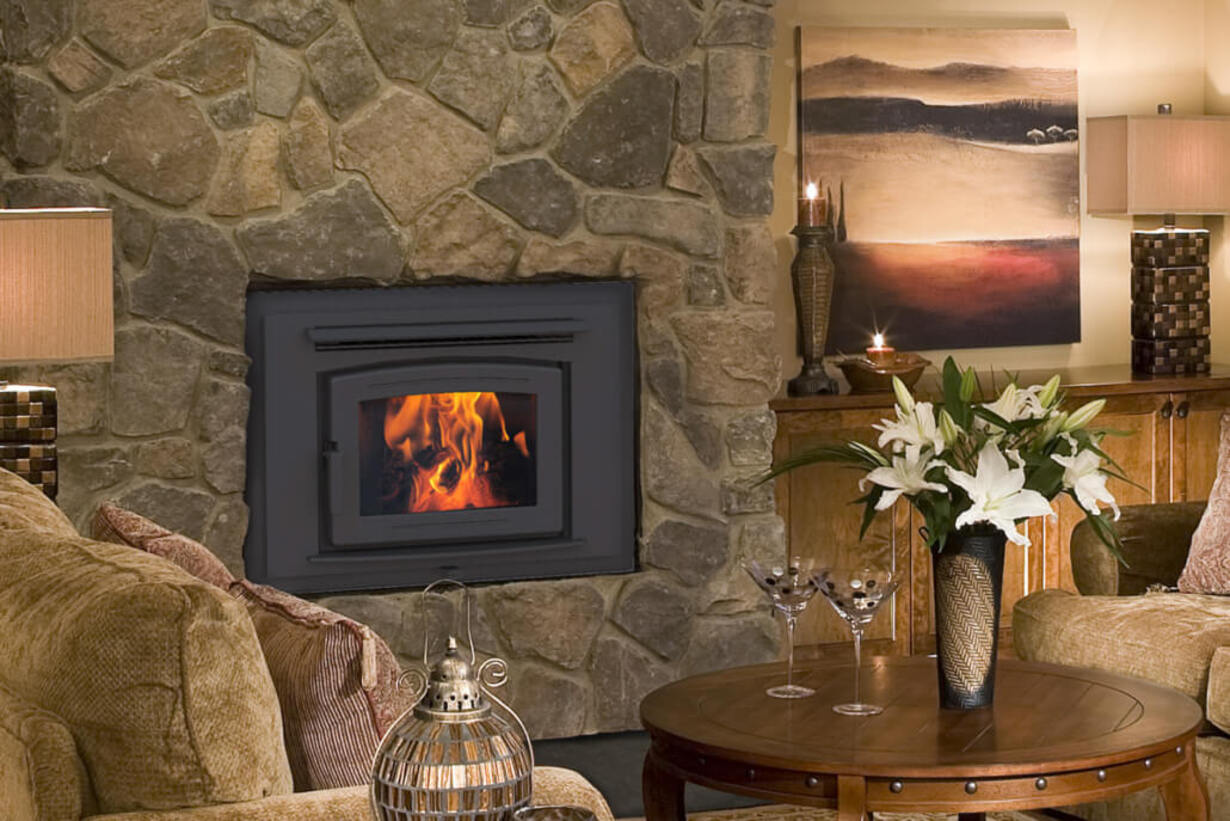
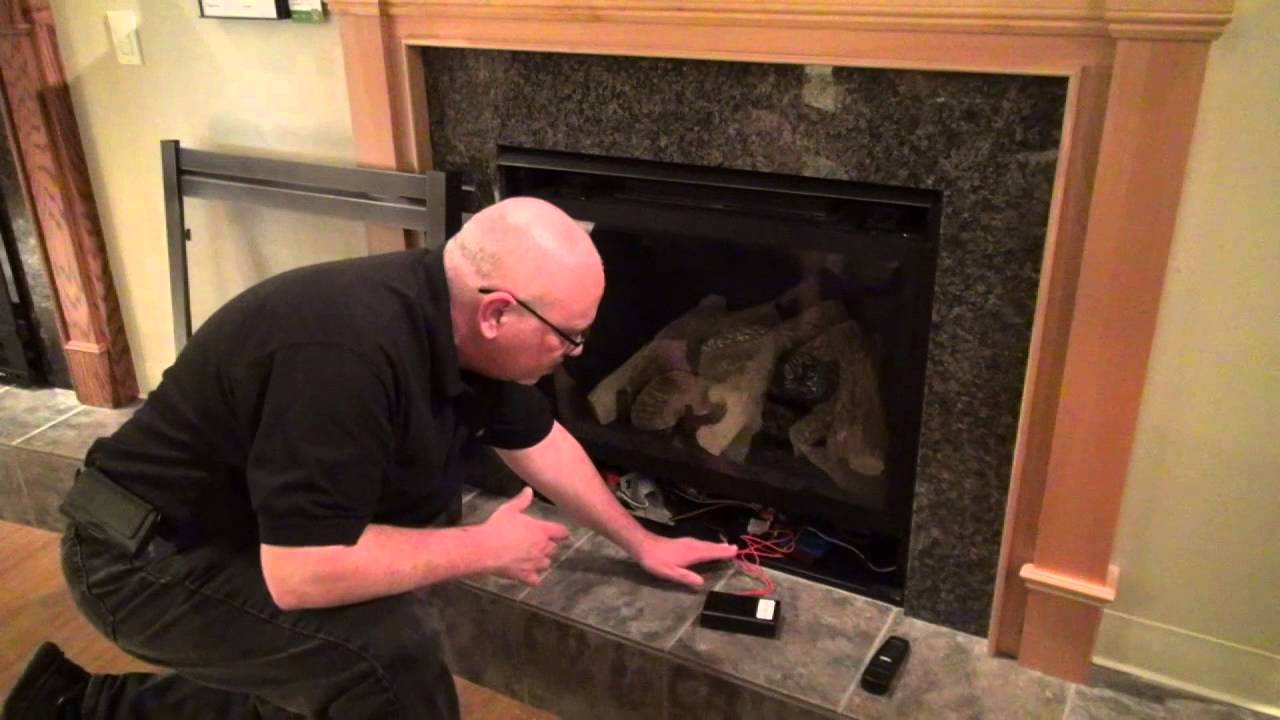
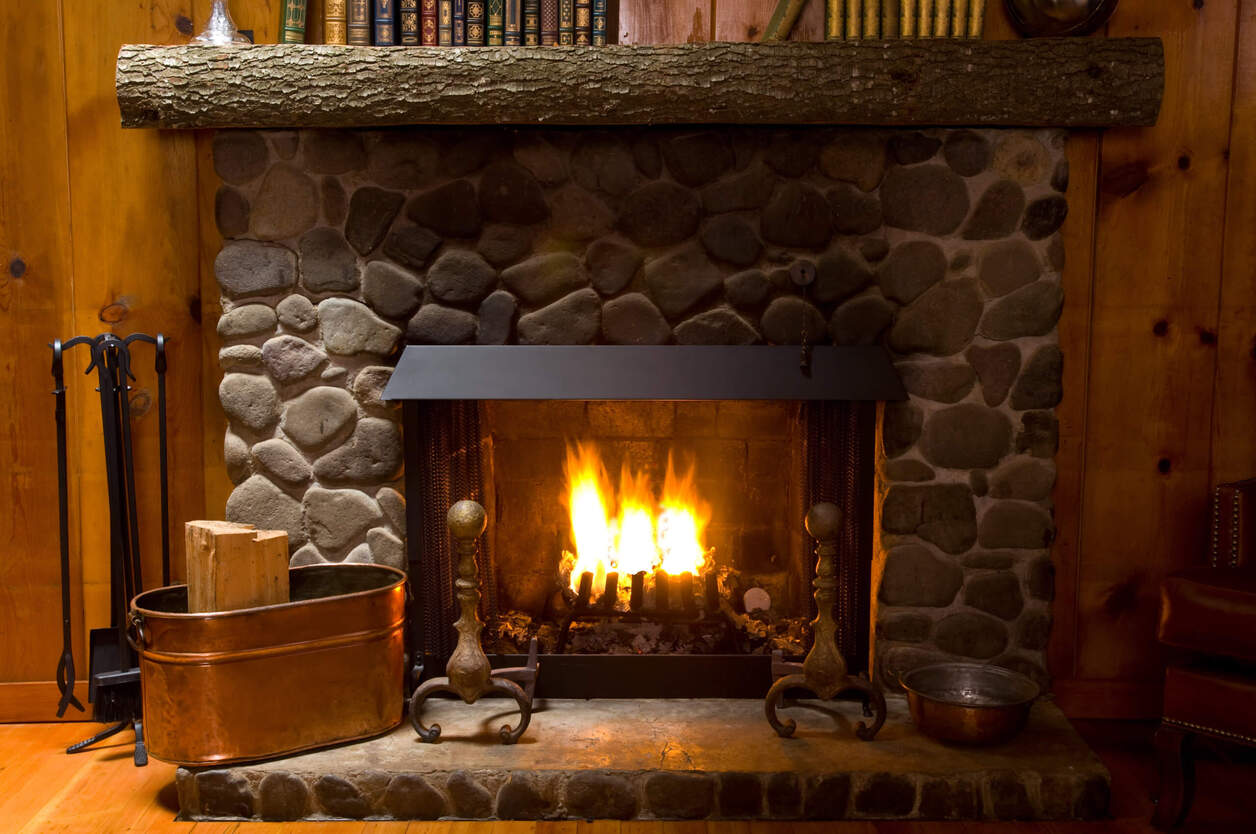
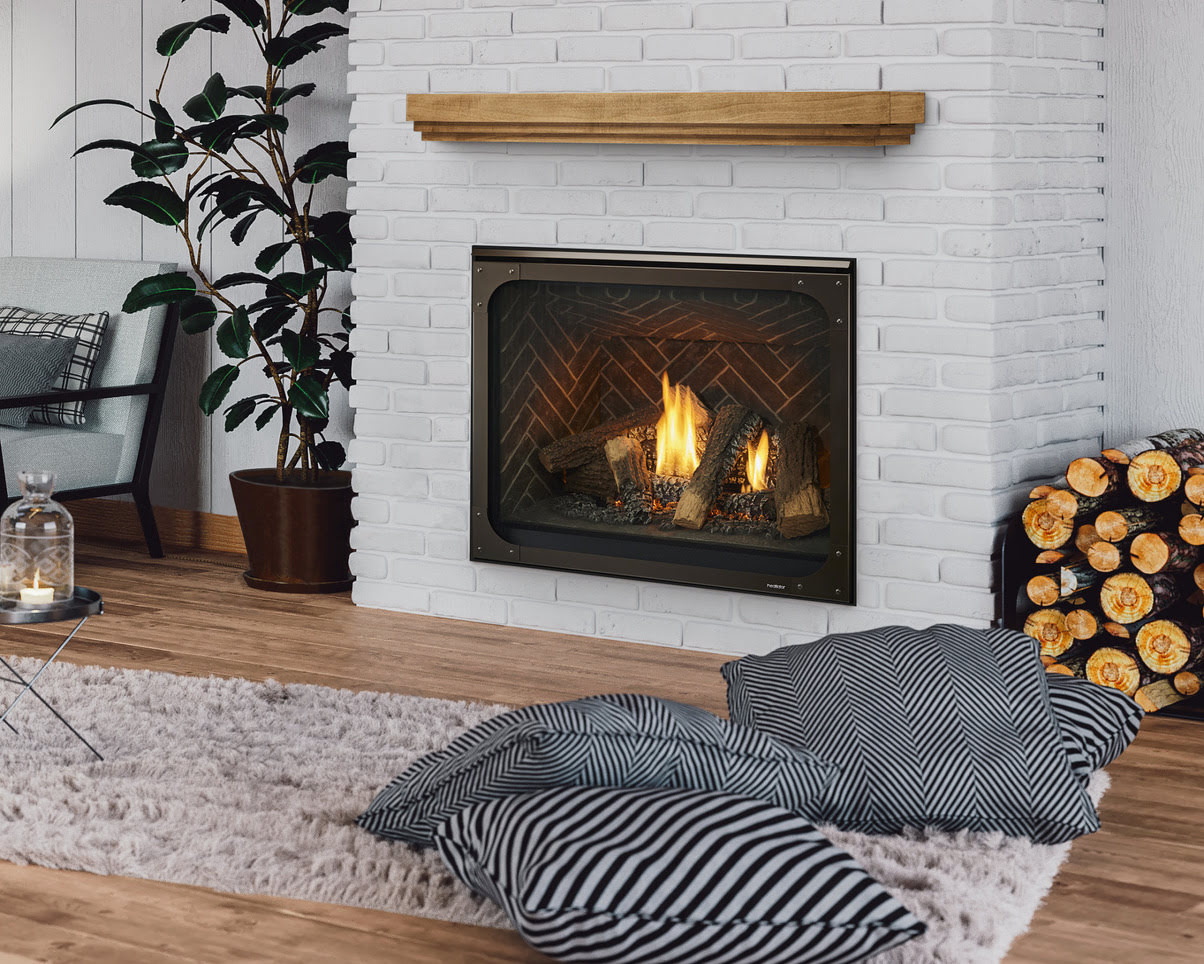
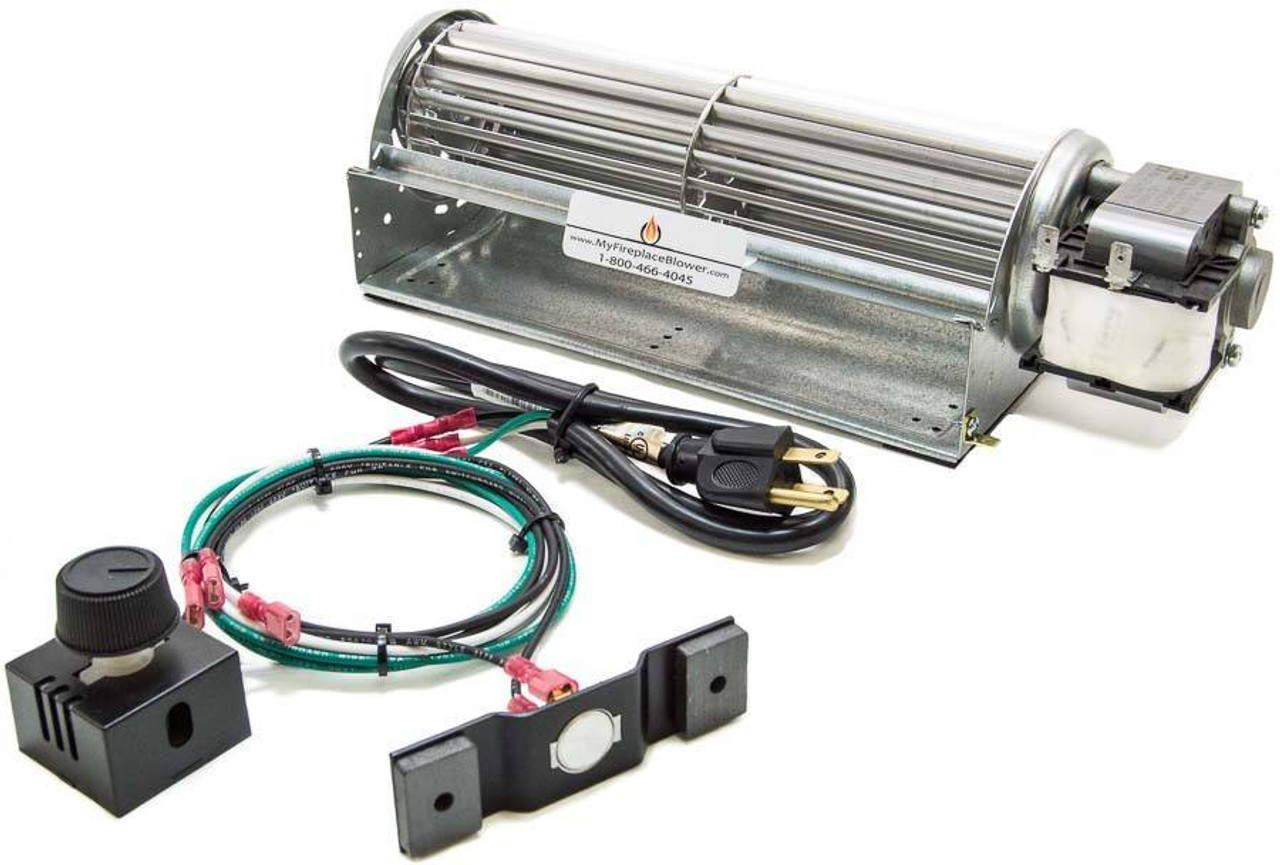

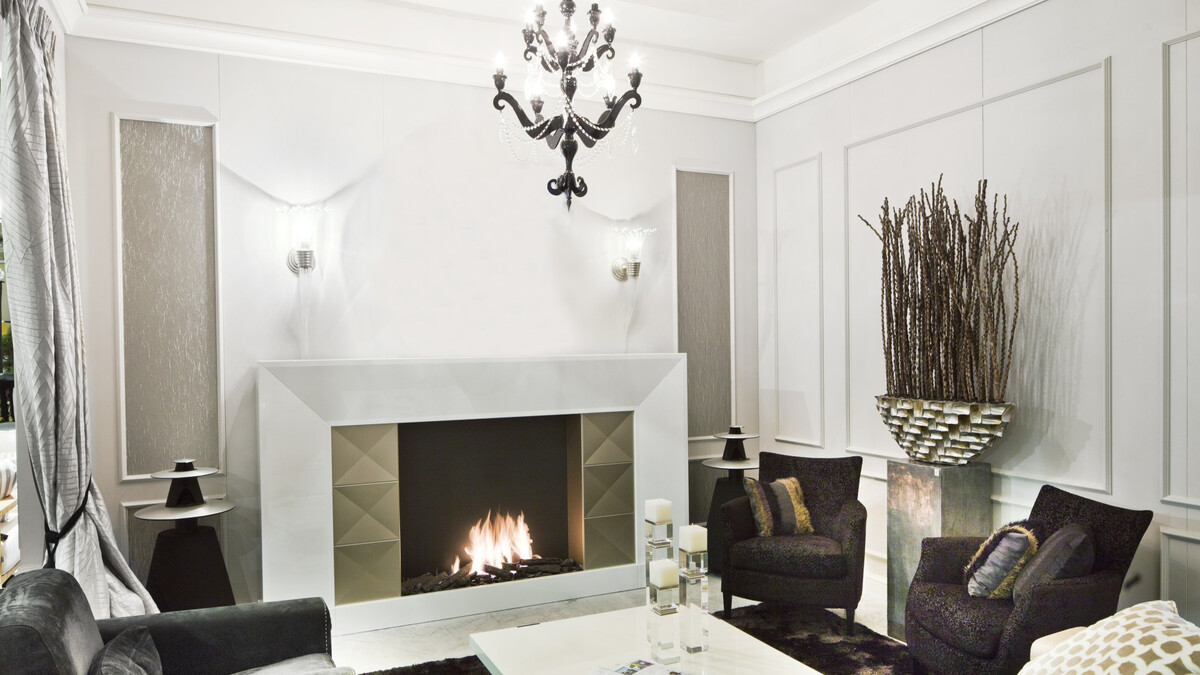
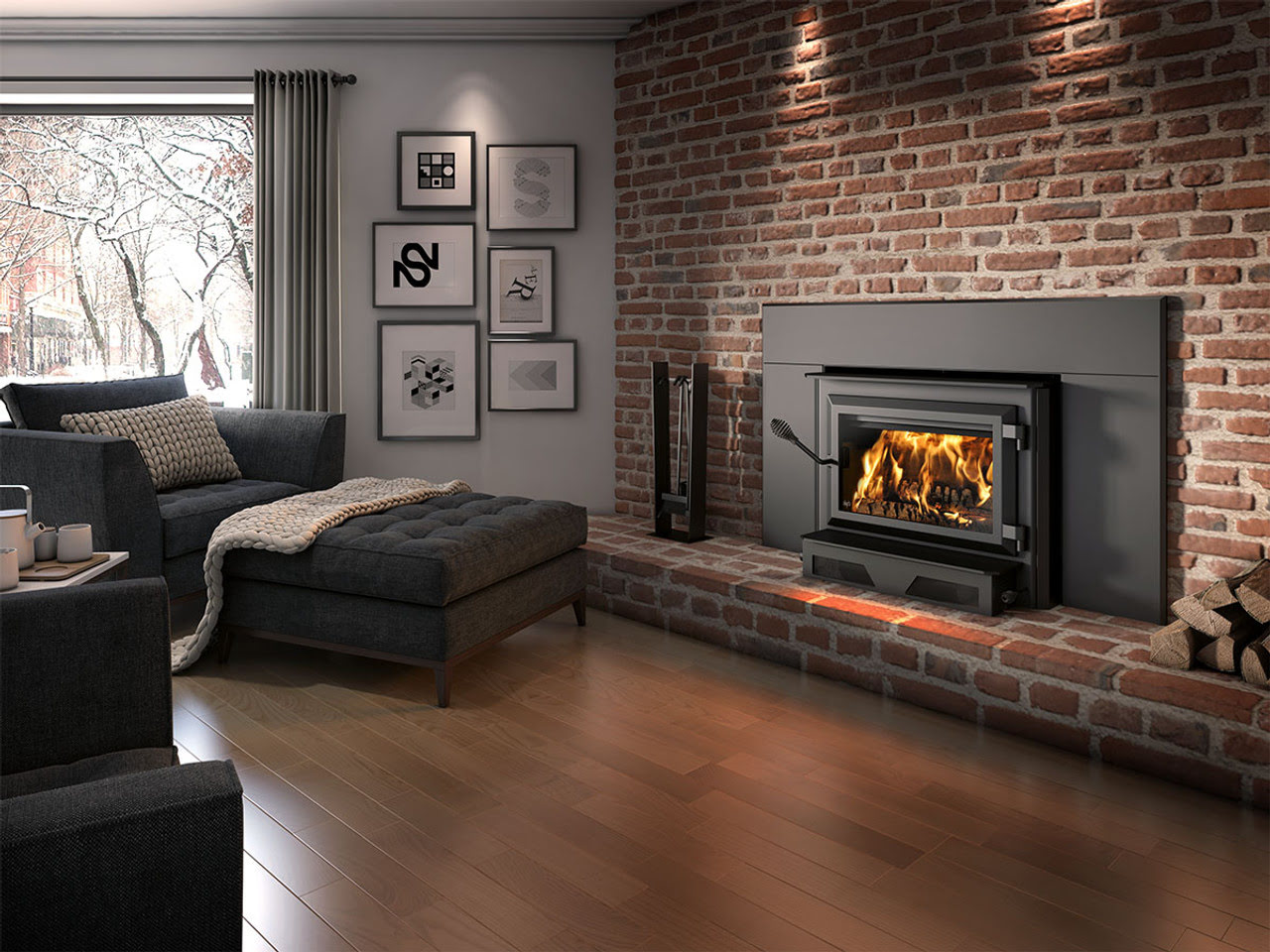
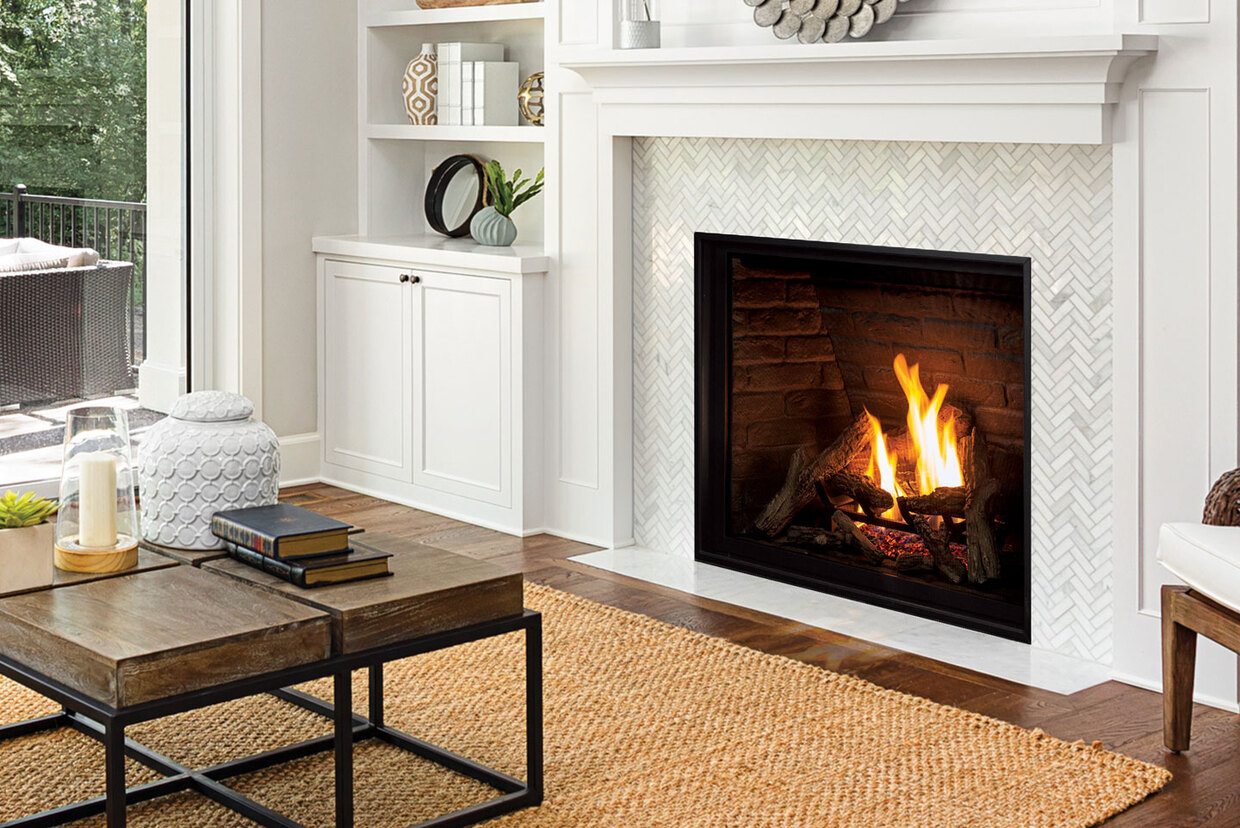
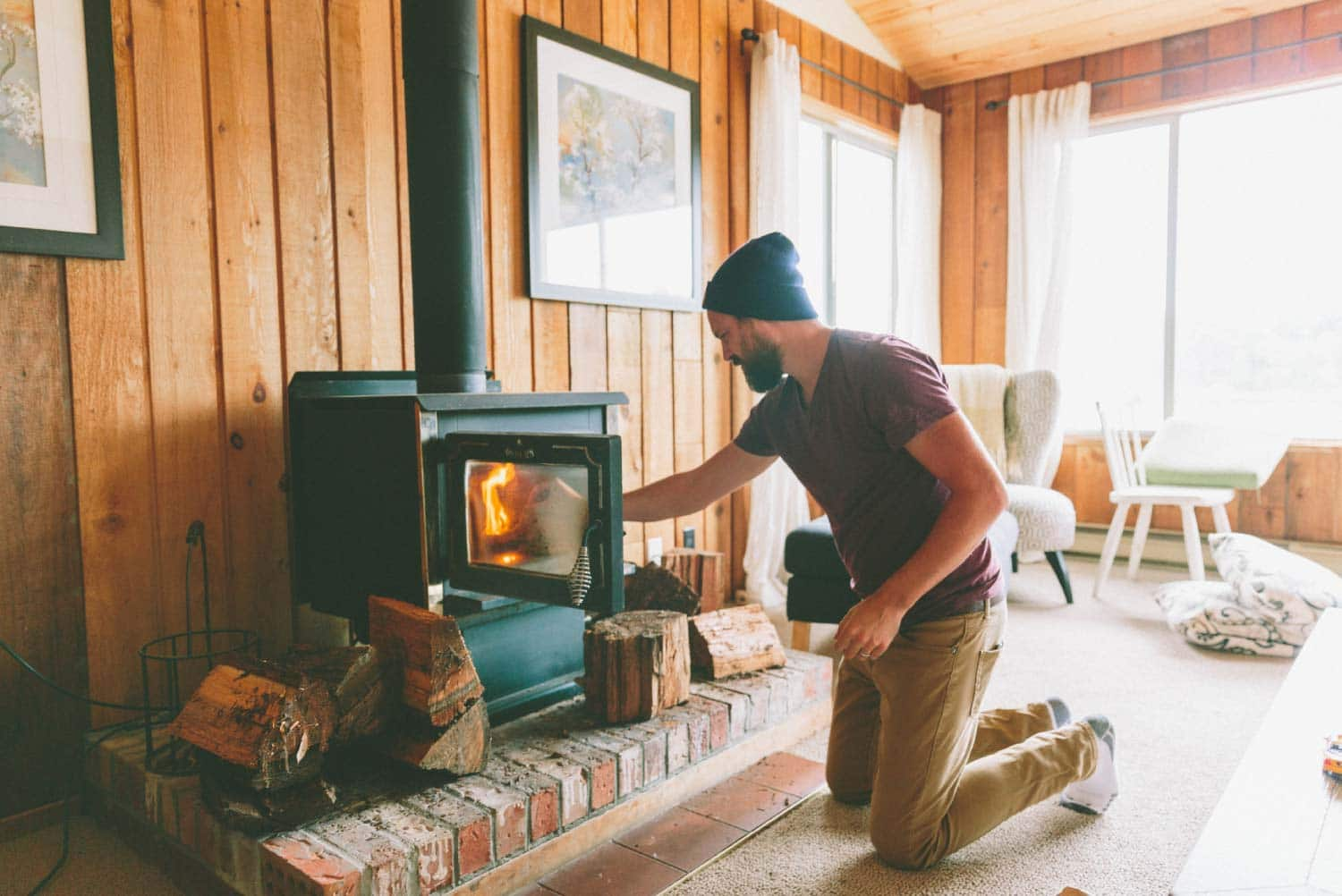
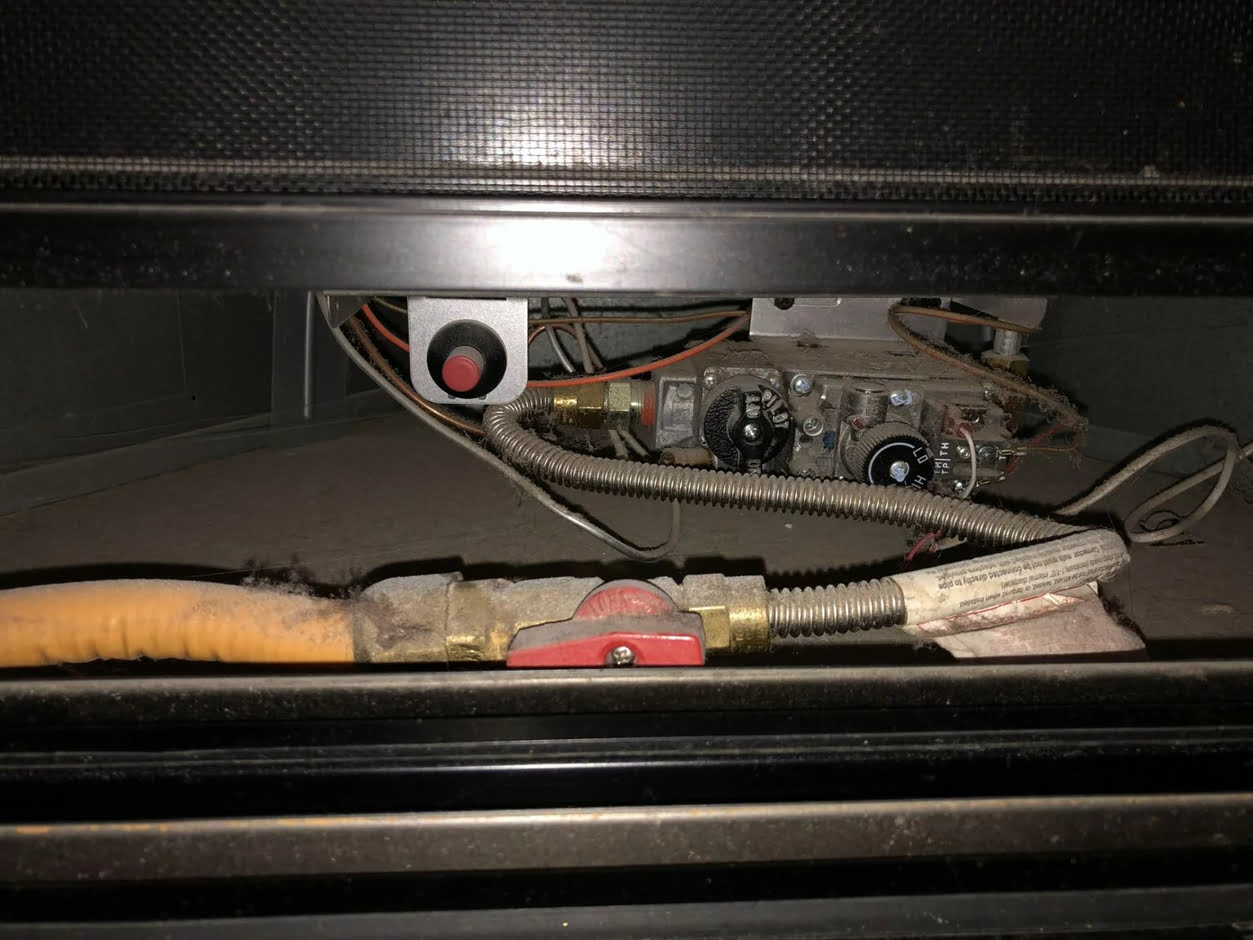
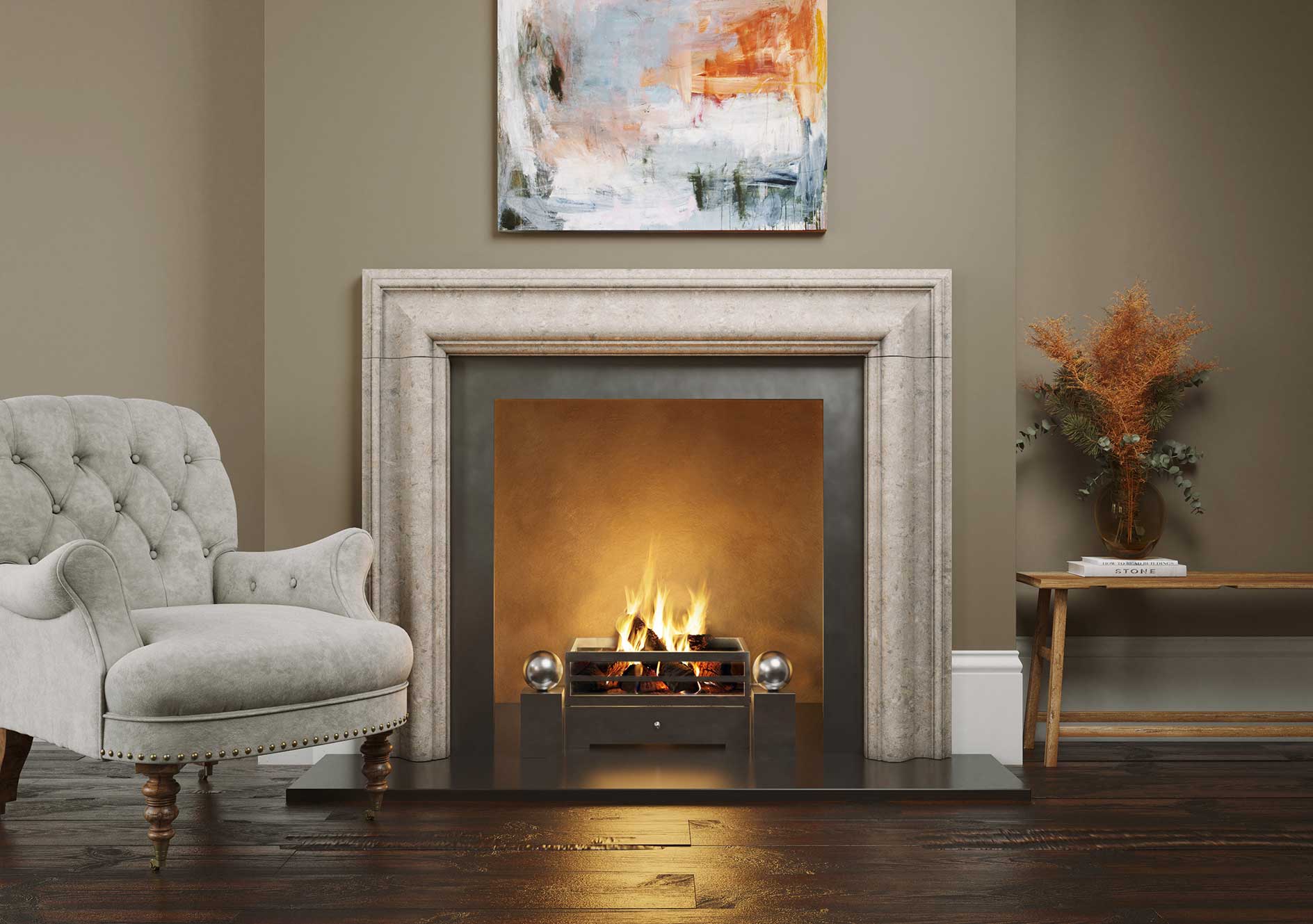

0 thoughts on “How To Cook In A Fireplace”